It is nearly impossible to go a day without hearing or reading or thinking of COVID-19. Yet for the abundance of pandemic-related news, Instagram posts, and memes, there is an abundance of racist misinformation. Anti-Asian discrimination and Asian stereotypes run wild, exacerbated by the disease originating in Wuhan, China. Age-old slurs and gestures have flourished amid people’s fear of the new virus.
Racism against Asians existed before the outbreak, but mass hysteria takes it up a notch—and affects San Luis Obispo High School students and SLO County residents alike.
As an affluent, mostly liberal, and ethnically homogenous town, discrimination threatening Asian-Americans’ livelihoods and businesses isn’t often heard of in San Luis Obispo. Such can be the case across America and across the globe. Anti-Asian racism has simply become normalized. As a result, discrimination thrives.
I am half-Chinese. I was once told to “Shut up, little Chinese girl.”
My sister is half-Chinese. She was bullied in middle school for our last name, Dong. My father is Chinese. A coworker told him that “Asians aren’t really minorities.”
But we are.
People blame China for the pandemic because they are scared, and because normalized racism is their justification. Attacking a minority is the means by which they channel that fear. But throwing around blame only serves to halt efforts to combat COVID-19.
“This kind of racism is so normalized that no one thinks it’s a big deal or, even worse, that people begin to think that it’s based in fact and not racist and xenophobic stereotypes,” said junior Ingrid Chen.
This issue becomes significantly worse when an authority figure only compounds it. President Donald Trump most pointedly called the Coronavirus the “Chinese virus.” An administration member opted for “Kung Flu.” On March 25, the U.S. Department of State pushed for the term “Wuhan virus” to be included in a G7 joint statement. It was rejected. Not only are the names xenophobic, but they also undermine the World Health Organization’s urge to avoid geographically-named diseases. Failing to do so too often worsens stigmatization. Asian-Americans are considered to be foreigners, no matter their citizenship or how long they’ve resided in the United States.
“This pandemic fuels ongoing racist ideas. It’s not generating or creating new ideas where none existed before,” Charissa Cheah, leader of a study regarding racism related to COVID-19, told The Washington Post.
Anti-Asian sentiment has persisted throughout history, from the Chinese Exclusion Act of 1882 to World War II Japanese-American internment camps to Trump’s unabashed racist remarks. With deep-rooted prejudices and high authority perpetuating those prejudices, it is no wonder that people turn their fear into hate and push it onto the closest Asian-American around.
And because the stereotype of all Asians looking the same prevails, it is not only Chinese-Americans that are affected. Hatred can become violent—Asians are harrassed on subways, spat on in the street, or attacked by classmates. Asians’ cultural tradition of wearing masks for basic cleanliness has become a beacon for dangerous attention.
“People cover their mouths and noses when Asians are around (and I say Asians, not Chinese people, because people can’t tell the difference between East Asians). Frankly, I’m surprised no one has said anything racist to me yet,” said senior Lulu Dai.
Yet negative sentiment can also infiltrate the media, which is even better equipped to swiftly disperse misinformation.
“I see a lot of stuff on TikTok about how Chinese people are to blame for the spread of Coronavirus, perpetuating the idea that Chinese and Asian people are somehow natural carriers for the virus,” said Chen.
The influence of xenophobia over the world is clear, especially in a time as chaotic as now. But aside from heightened violence, how does it change how we fight the pandemic? How can we properly contain the virus if it’s downplayed by pinning blame on Chinese people? How can we focus on science when the disease becomes an issue of race? The thing is, we can’t.
“[President Trump] is not providing leadership, what he’s providing is ‘misleadership.’Misleadership means you divert attention, you scapegoat and you make the matter worse,” University of California Berkeley lecturer Harvey Dong told The Washington Post.
Yet many would argue that racism is not the issue. Certainly, the nation’s lack of resources and hospital capacity is central to our ability to handle the pandemic. But should the virus have originated in a predominately white country, would whites be oppressed verbally and physically? No, they would not. But Asians are. Our stereotypes are accepted. Who wouldn’t want to be judged as intelligent and musically gifted, right? But just as quickly as we’re deemed inherently smart, we’re deemed inherently infected.
“Asians are so often made into a model minority that I think a lot of people don’t see anti-Asian discrimination as a harmful and hurtful issue,” said Chen.
“What people don’t understand is that ‘positive stereotypes’ don’t exist because it just puts pressure on minorities to live up to them,” said Dai.
The belief in “positive stereotyes” has paved the way for normalized discrimination and the placing of blame for a devastating pandemic on a single race. It’s a slippery slope, and will continue to be. Positive progress cannot be made when our leaders refuse to face the facts. Progress cannot be made when racist and xenophobic remarks replace truth and science. Progress cannot be made if all people bother with is pointing fingers and playing along with age-old racism.
“People are spending their time arguing about whether comments are racist or not rather than actually taking action. Overall, it’s just created chaos and divided people,” said Dai.
It is impossible to go a day without hearing or reading or thinking of COVID-19. But it isn’t impossible to choose unity over division.
Sources: washingtonpost.com jacl.org


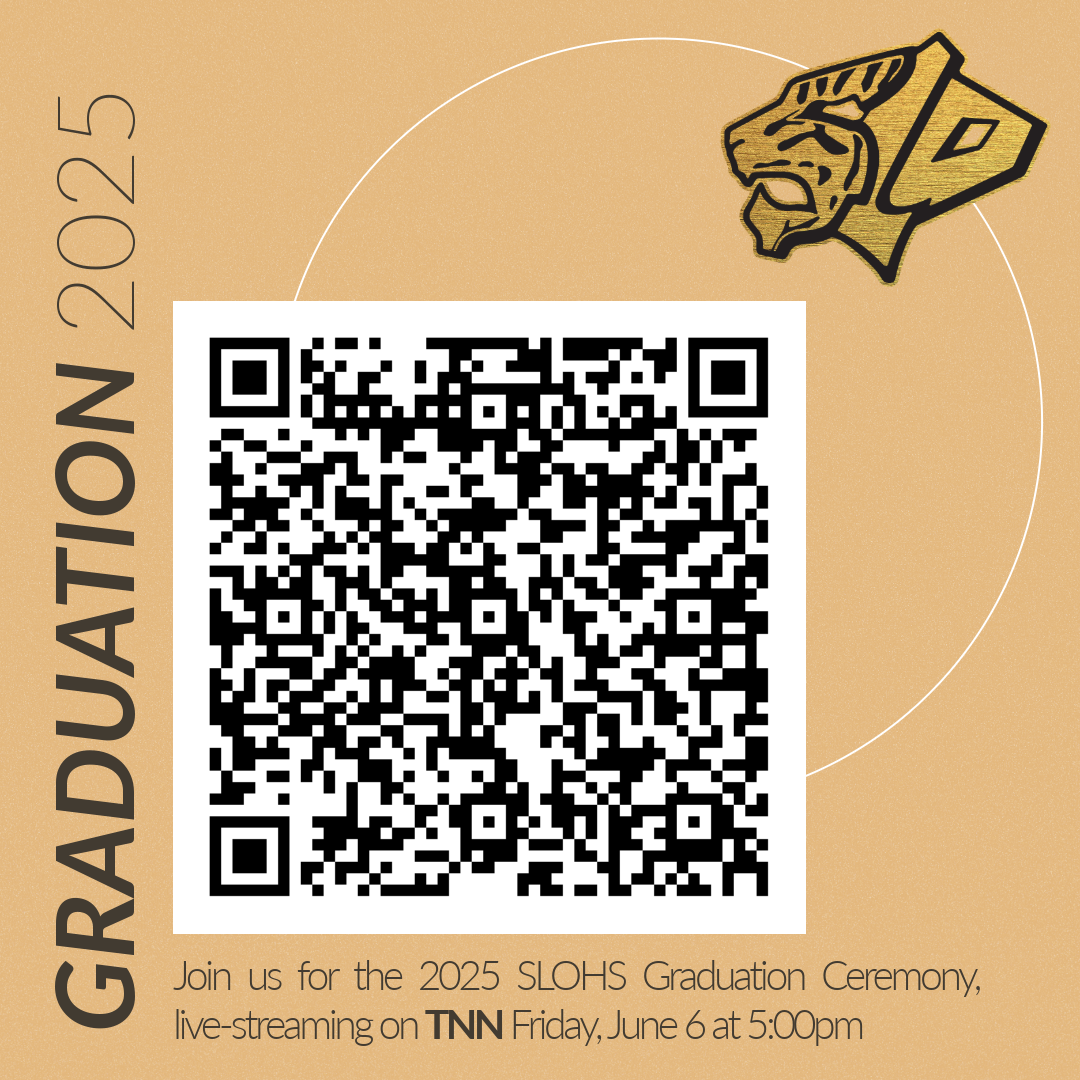
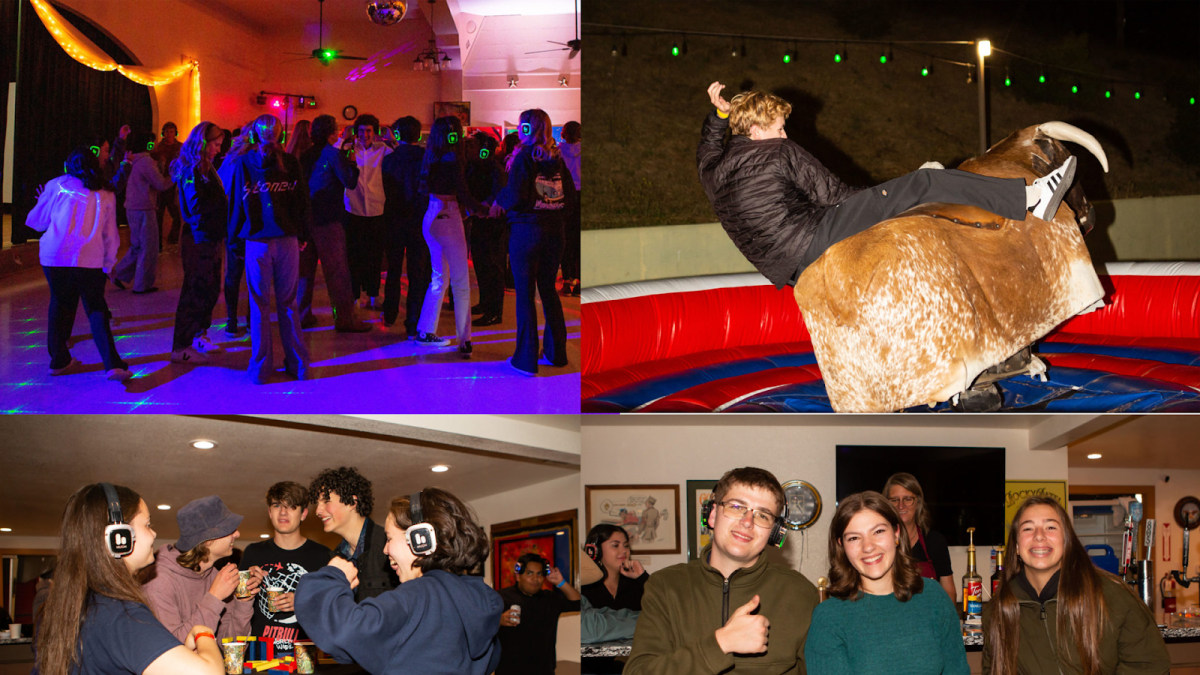




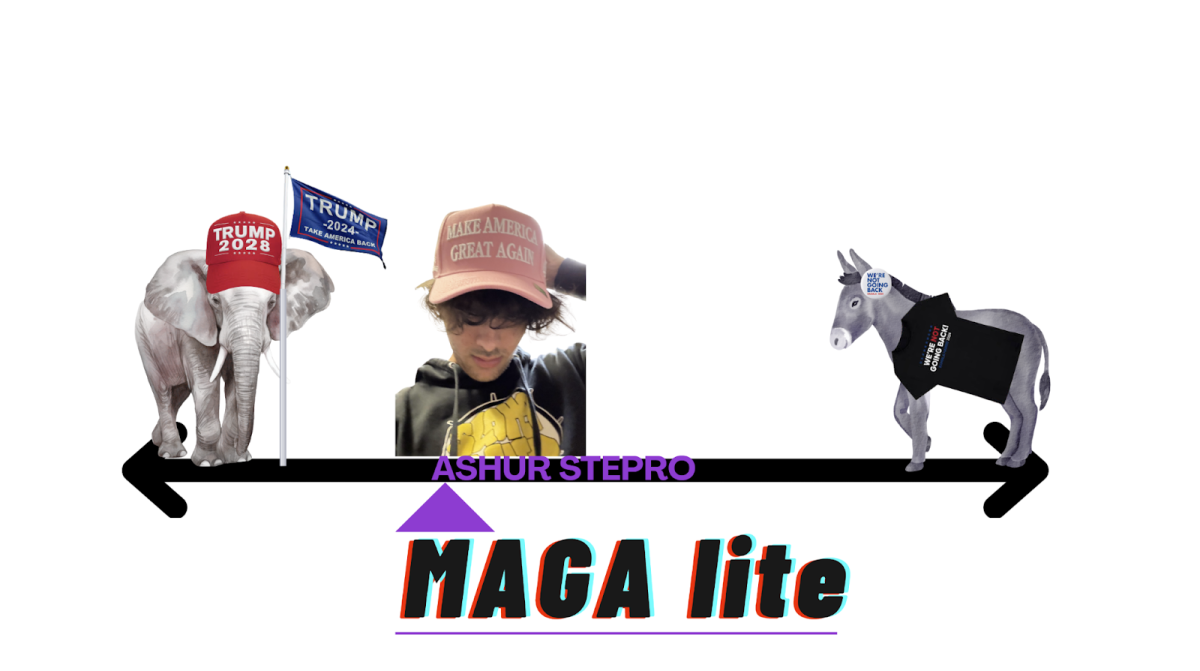
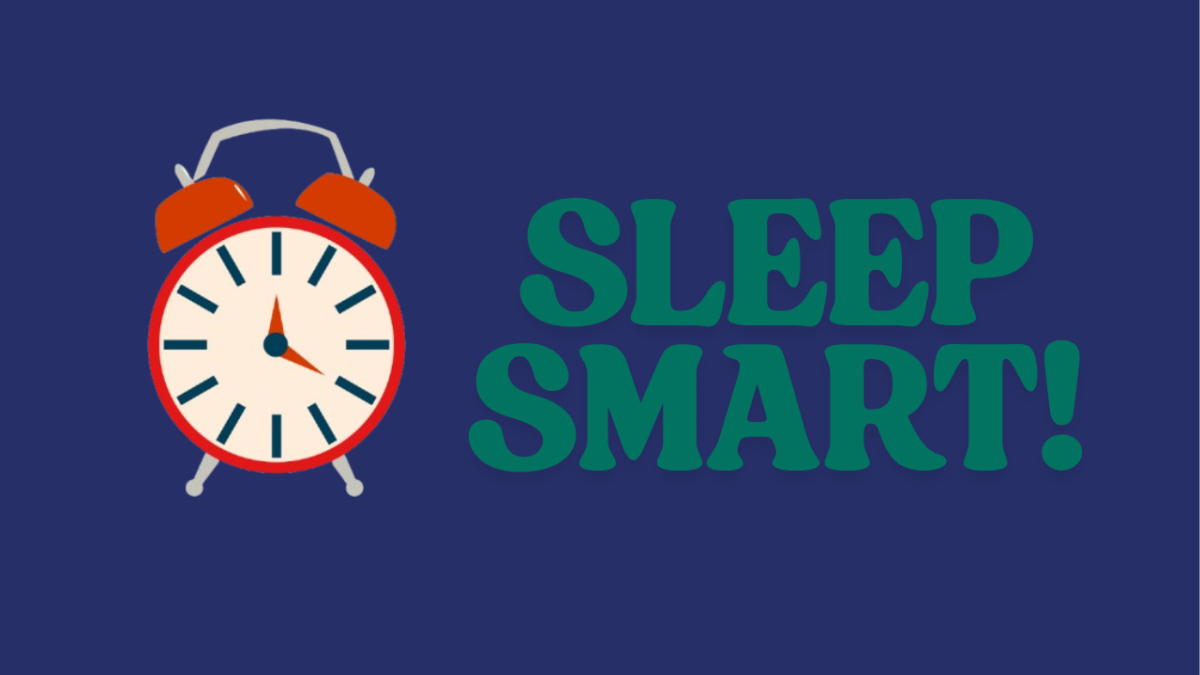
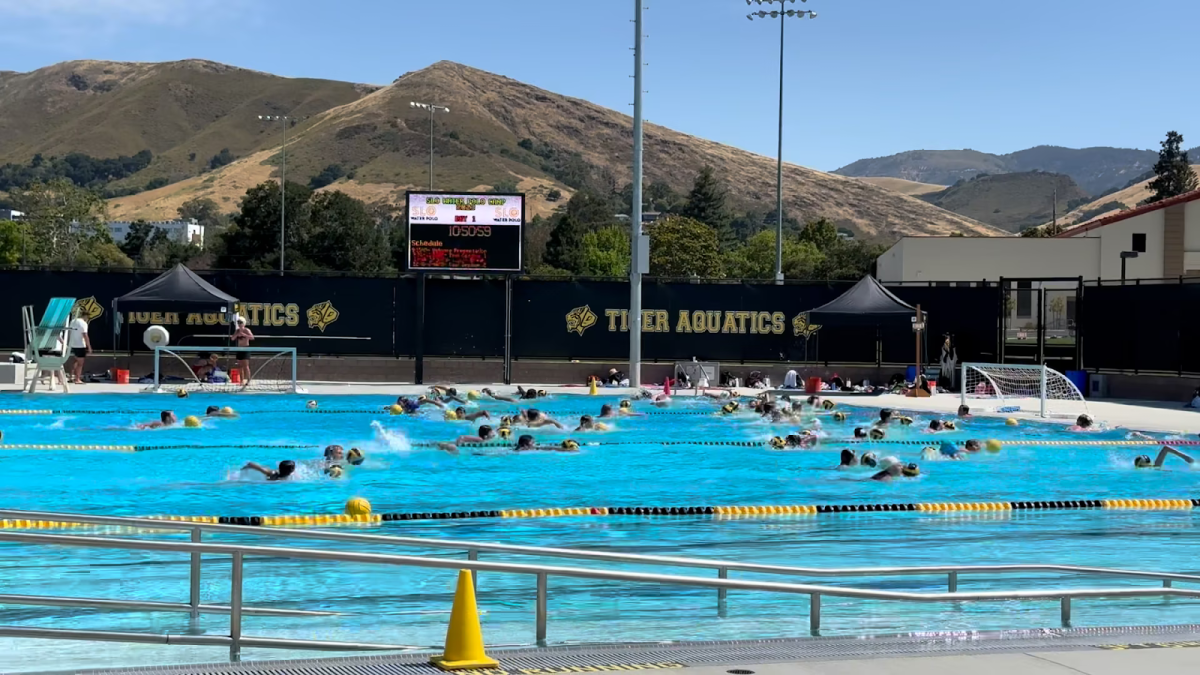


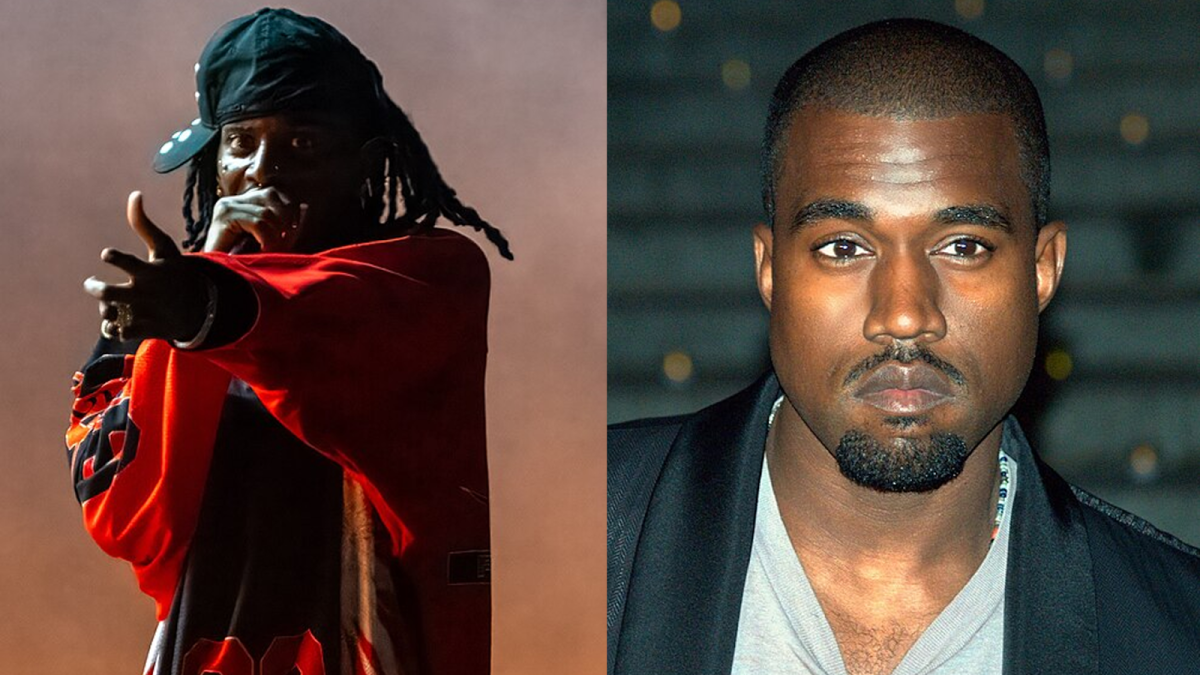

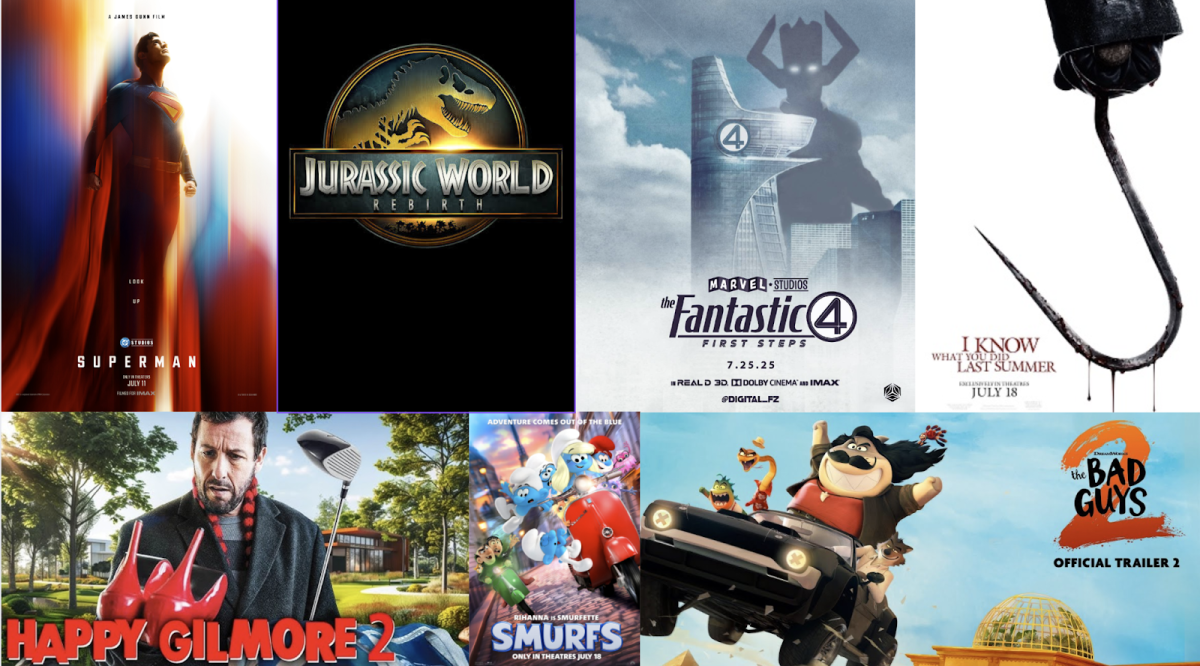

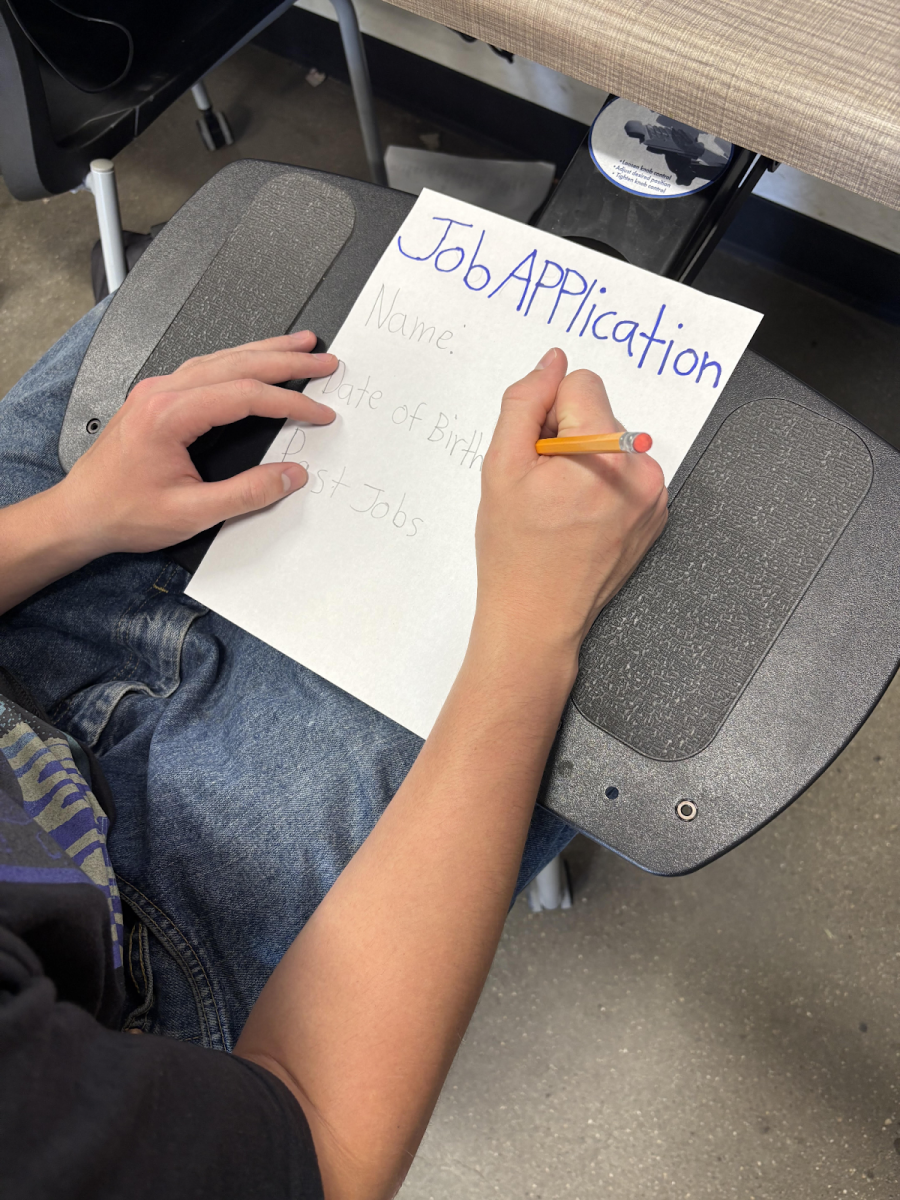
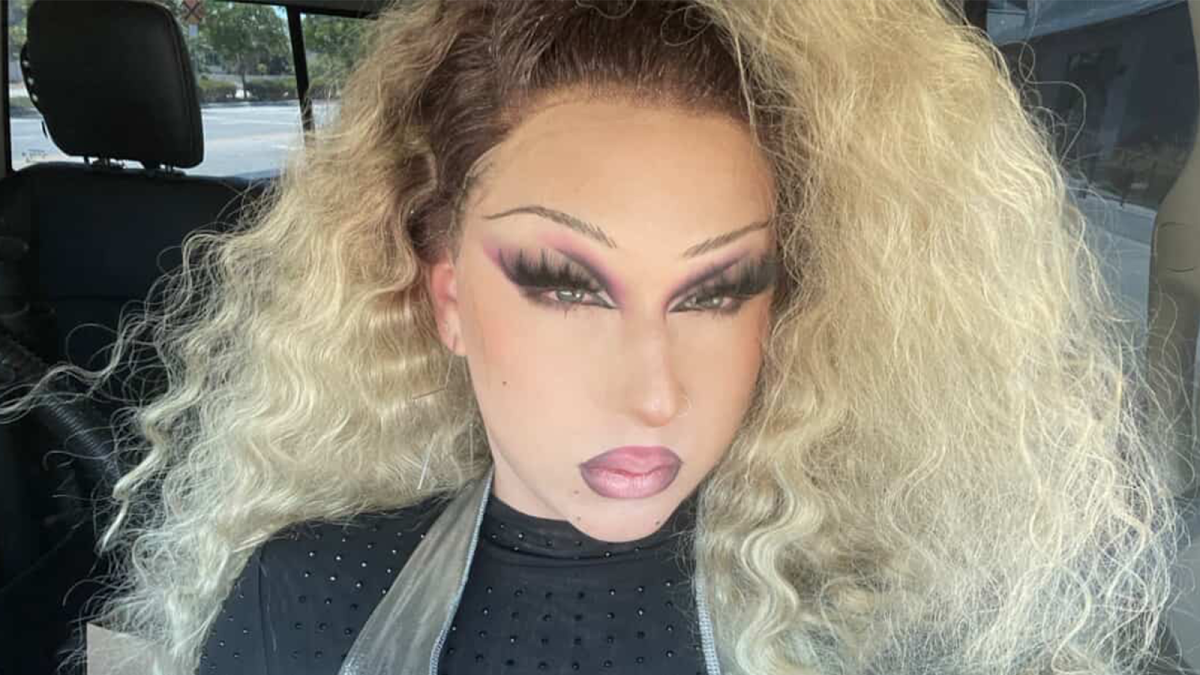


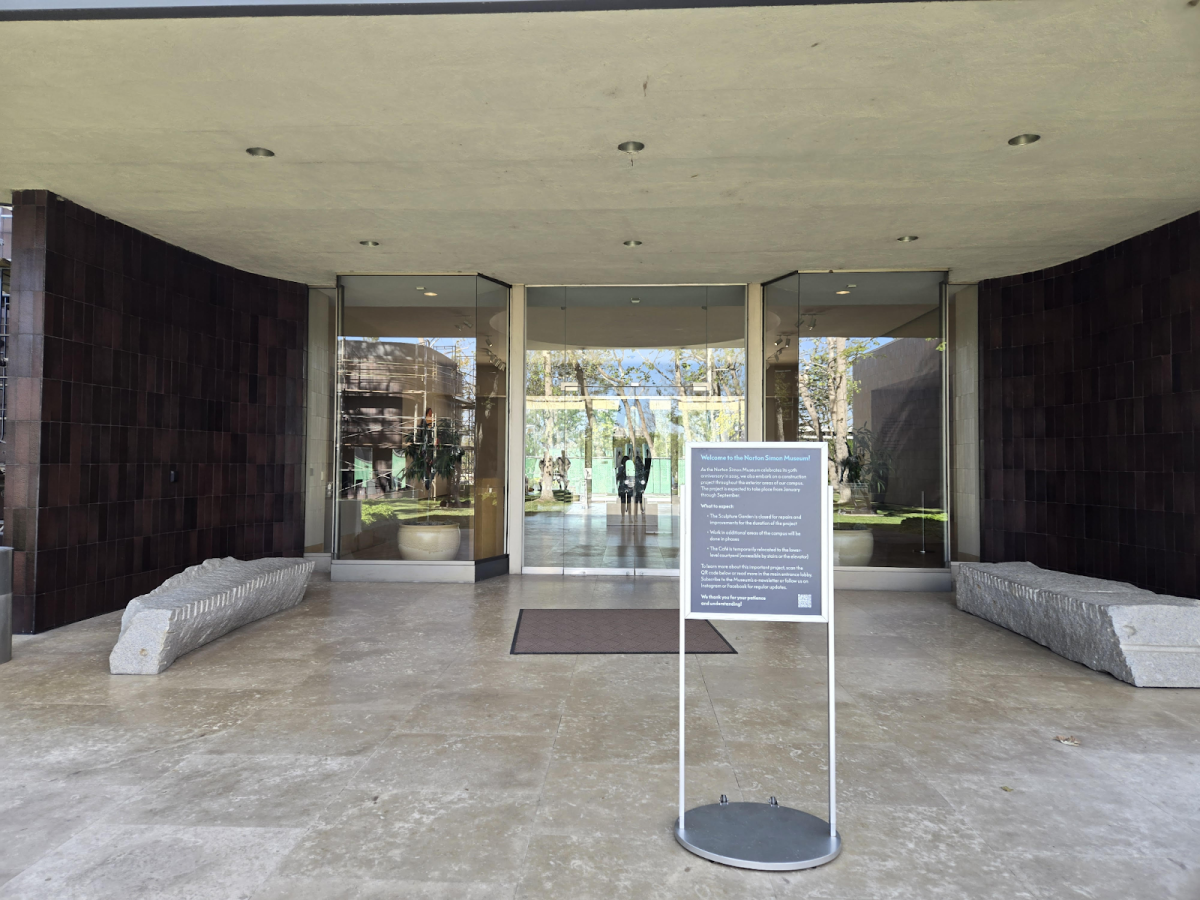
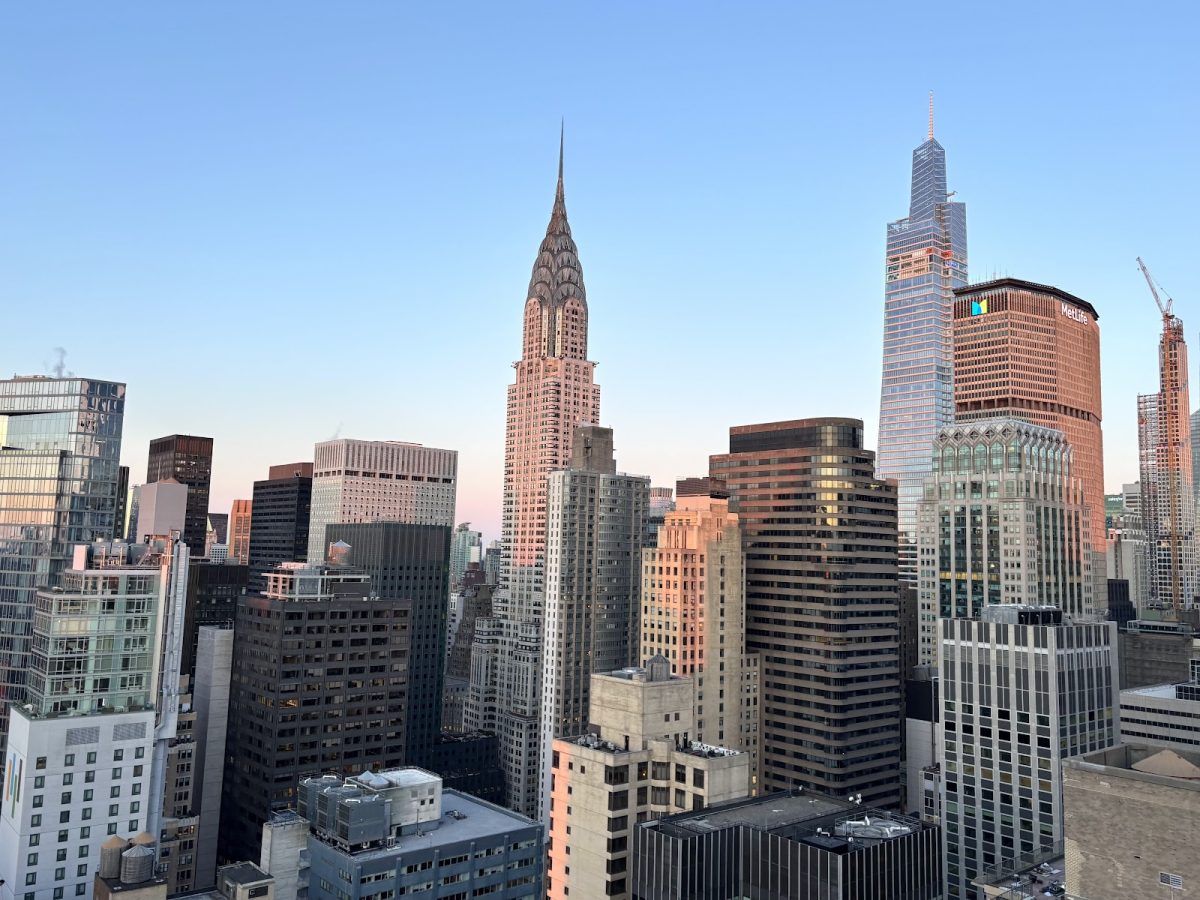

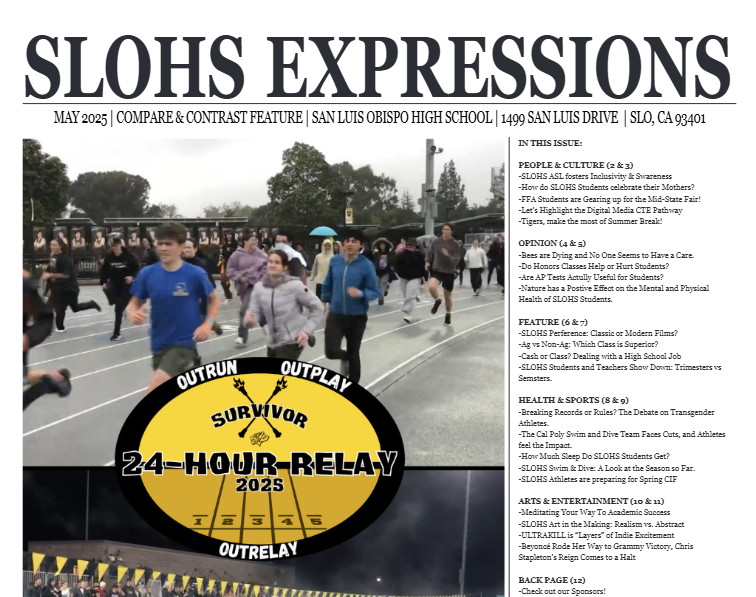
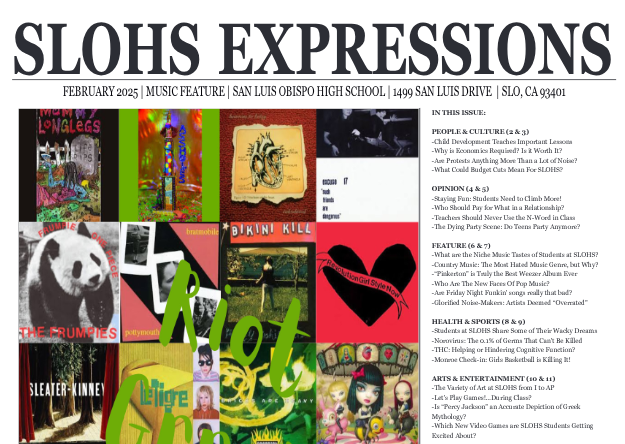
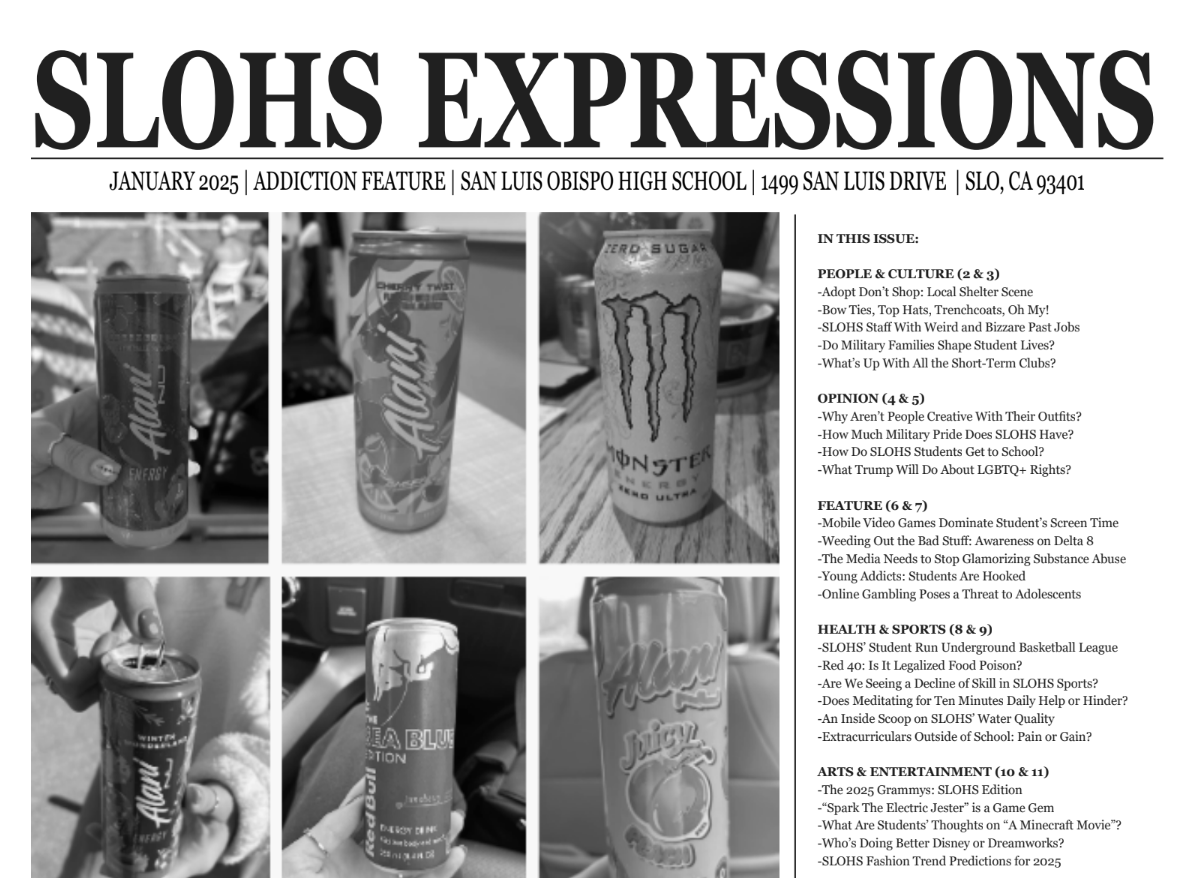



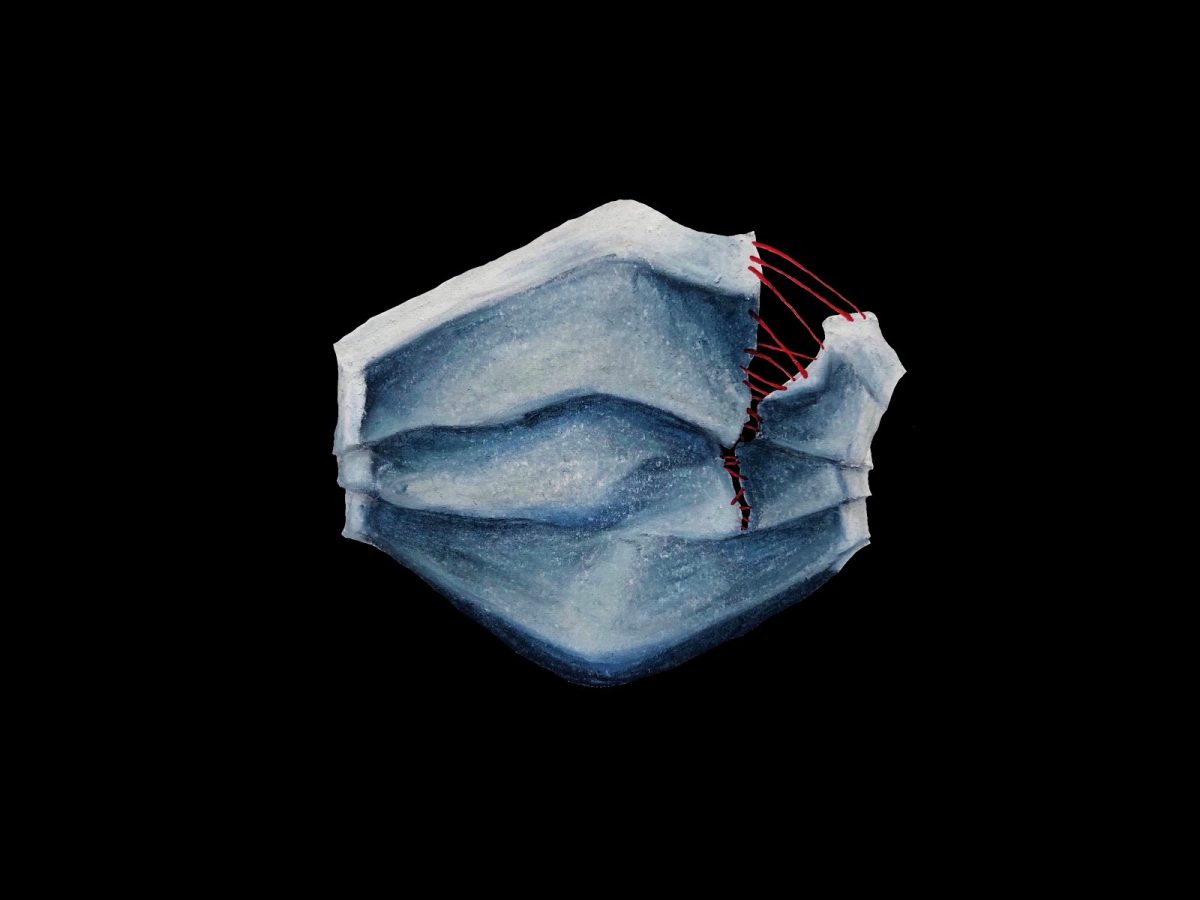

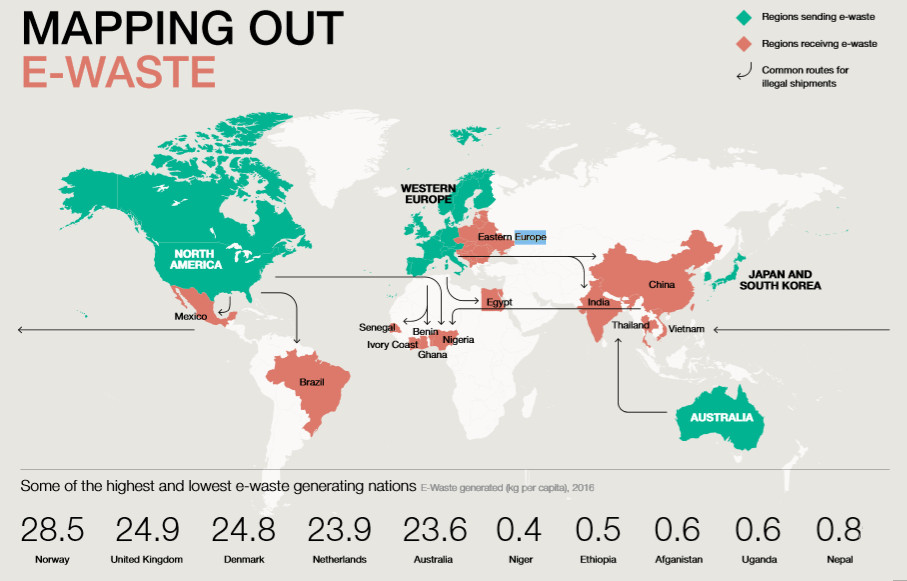
Richard Russell • Mar 31, 2020 at 6:31 am
Hello Olivia, I think we all should want to know the questions; who, what, where, when, and why. Wuhan is where this virus was first detected. A female doctor that was going to worn the world disappeared. I have heard on the news that if the Chinese Government acted in December, 95% of this crisis could have been averted. Unfortunately racism lives within the weak minded people in all societies around the world. Don’t let the race baiters pull you in.